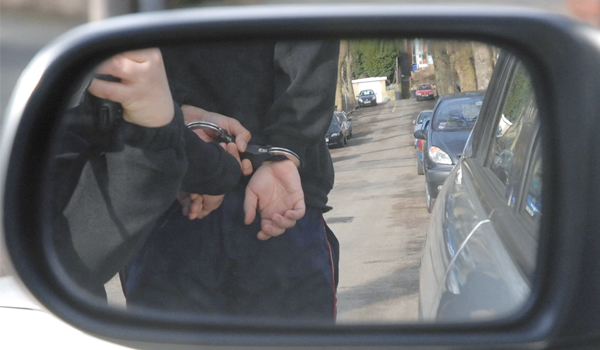New CSI computer forensic sidekick
A new computerised system is being tested that could help forensic technicians at scenes of crime compile more detailed and useful reports in half the time it currently takes.

A new computerised system is being tested that could help forensic technicians at scenes of crime compile more detailed and useful reports in half the time it currently takes.
Chris Baber and his colleagues at the University of Birmingham have built a system that can help with the task of cataloguing evidence.
The prototype device looks like a small computer but is about the size of a book. The device is equipped with a GPS tracking system and is able to read Radio Identification Frequency (RFID) tags.
The system is worn by the CSI operative who gives voice commands to the system via a microphone. The devices digital camera can be voice activated as well as audio descriptions made of the evidence that the operative is collecting and cataloging. The hands-free form of the device increases efficiency and accuracy, which it is hoped will effectively result in more successful prosecutions.
In practice, the CSI operative would identify a new piece of evidence at the scene and using a voice command log the new item. The system immediately saves the GPS location. The operative can then vocally describe the item, thus removing the need for handwritten notes. The evidence is then bagged and given an RFID tag. Pictures can also be taken much more easily and in greater detail and numbers that it is hoped will improve detection rates and reduce problems that can arise when reviewing evidence.
The Birmingham team is now working on improving the device so that it can better share the data it has collected with different teams who may be at the crime scene and later be part of the investigation.


